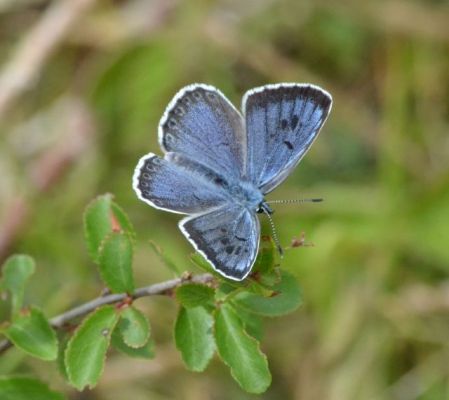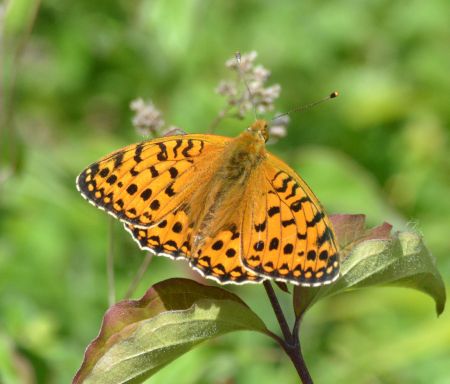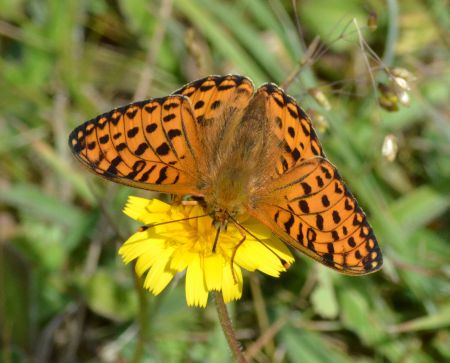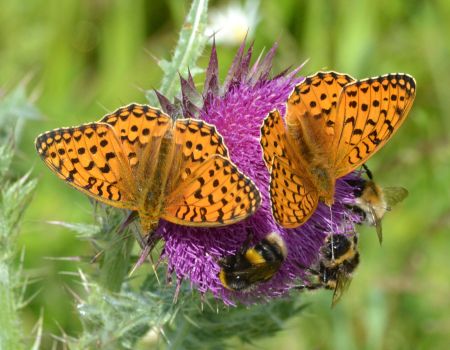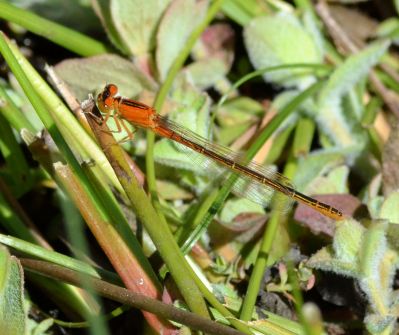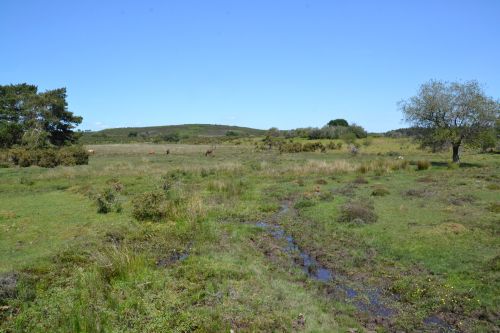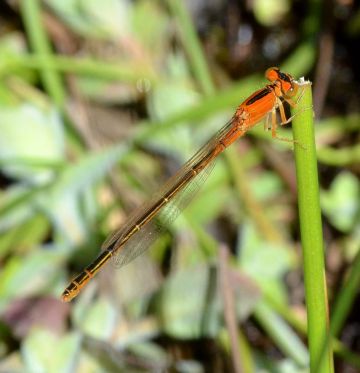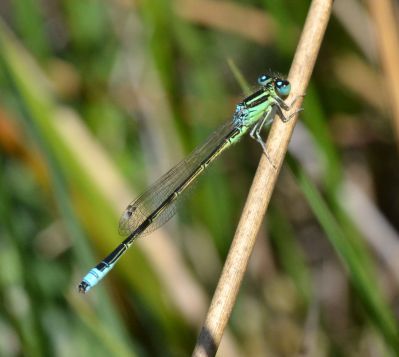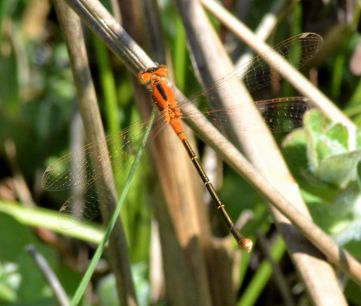Since it’s arrival nationally along the Thames estuary in 2010, Blue-eyed (or Southern Migrant) Hawker has colonised the British Isles widely and rapidly. It seemed only a matter of time before the first records occurred for my home county of Oxfordshire and that has now transpired. The event has prompted great interest in local natural history circles, and the dust having settled since the initial discovery on 15th June I myself have been to take a look.
Later in this day (22nd) it was confirmed there are now three individuals, two males and a female (see here) at the location along the old River Ray near the village of Oddington in the Otmoor basin (SP 5523 1404). In the morning I had met Ewan at Bucknell Wood, Northants to progress that part of the annual national butterfly agenda that involves Purple Emperor and White Admiral. When I said I was stopping at Otmoor on the way home he came along too, then on our arrival Badger (Oxon Birding web administrator Jason Coppock) was already in place ahead of us filming our quest (pictured below) that he put us straight onto. Things today were as simple as that.
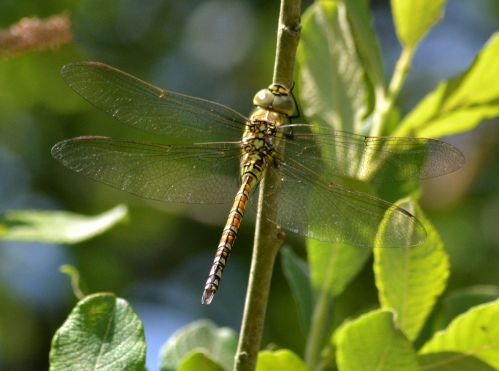
Blue-eyed Hawker (immature male) near Oddington, Oxon
I had previously observed adult Blue-eyed Hawker in Essex at Wat Tyler Country Park, Basildon (Aug 2015 – see here) and Canvey Island (July 2017 – see here). The opportunity to experience the immature colour form on offer locally now appealed to me considerably. I am unsure whether my picture shows a male or female and would be grateful if more skilled county colleagues could gender it for me in comments. By way of explanation I prefer to use standard international dragonfly names, in this instance “Blue-eyed” Hawker over their sometimes rather idiosyncratic British Dragonfly Society (BDS) equivalents of which “Southern Migrant” Hawker is one.
The history of this species in Great Britain goes something like this. After a single confirmed record during the 20th century, four individuals were found in southern England during 2006. In 2010 many more were observed in south Essex and north Kent, with egg laying being noted at two sites (per BDS). Since then, what had previously been a dragonfly associated with the Mediterranean region of southern Europe has been recorded as far afield from its British entry point as Cornwall and Yorkshire, as well as many other places in between.
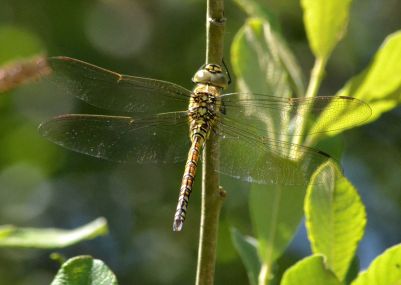
Blue-eyed Hawker (immature male)
Once my two companions had gone their separate ways today I took a little time over taking pictures of some other dragonflies along the bridleway back to the village of Noke, where I prefer to park discretely if visiting Otmoor. The area around the old River Ray weir, just west of the RSPB reserve is especially productive for Odonata and teemed with maturing Ruddy Darter (pictured below) and blue Damselflies on this occasion, while occasional Brown Hawker and Blue Emperor also buzzed by. It was close to here that another county first record, that of Blue (or Scarce) Chaser occurred in July 2014, so the location has some form locally.
The yellow-toned studies above show immature Ruddy Darters, while the redder individuals in the bottom row are some way to acquiring their adult colouring. There are huge numbers of this dapper little dragonfly in the Otmoor basin each season. It is one that I always find especially attractive and photogenic, and so never tire of attempting more pictures of.
In the morning at Bucknell Wood (SP654450) we did not come across any Purple Emperor, though the first Oxon records for this season had occurred at two sites a day earlier. Pristine White Admiral were indeed a feature, but like the Blue-eyed Hawker could only be captured pictorially (below) looking into the light.
Still fresh Wood White (above) were again plentiful at the Northants site that is a stronghold for them (see here). I cannot recall having observed them so late in June previously, not having made the effort to do so. This is a site I intend to pay more attention to in the weeks ahead to track the progress of Wood White through its second brood. Today had been quite an energetic step in that direction.










